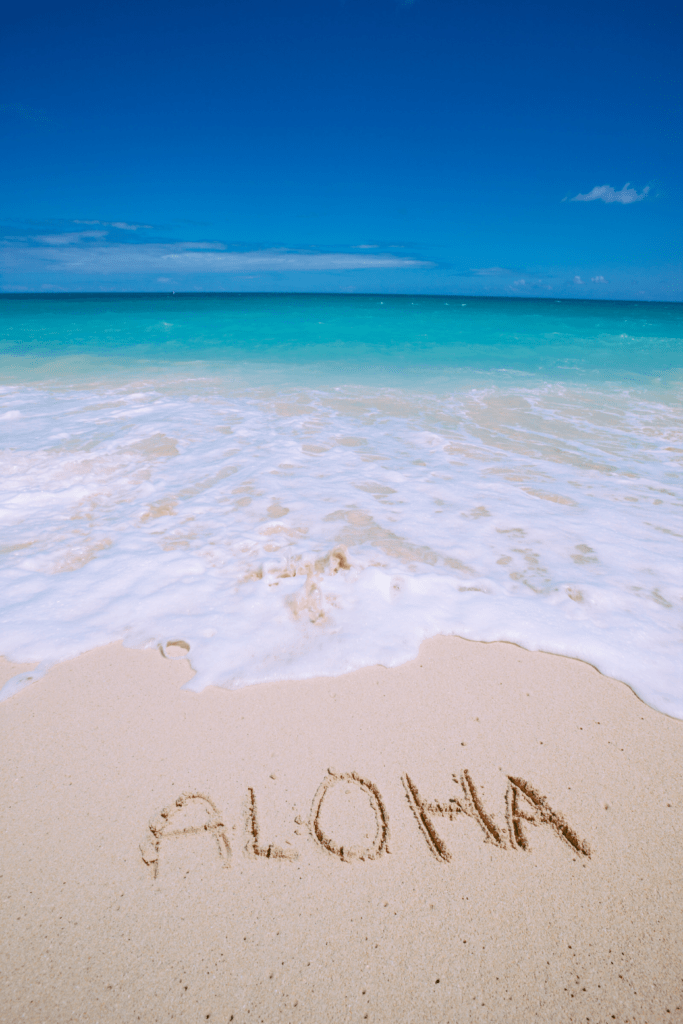Commonly Used Hawaiian Words

Speaking Hawaiian on the Islands
The Hawaiian language is one of the oldest living languages in the world. While this language used to be spoken by at least 400,000 people, nowadays at least 8,000 people can speak and understand Hawaiian fluently. While this language is spoken by fewer people nowadays, most people know at least one of the commonly used Hawaiian words.
Hawaiians are proud of their native language, which is similar to Maori or Tahitian. While most speak English as well, it is a point of pride to use Hawaiian words. After all, the language was once banned in both schools and the government. Now it is in the midst of a renaissance, and some visitors want to participate by communicating in this special way. Let’s talk about a few words you should know before you arrive in Hawaii.
Commonly Used Hawaiian Words
Almost everyone knows that “aloha” is a greeting used in Hawaii that can mean both “hello” and “goodbye”. This word can also refer to the “Aloha Spirit”, a way of living that combines mutual respect for one another and for the land with a laid-back attitude that embodies the Hawaiian way of life. “Aloha” is one of the commonly used Hawaiian words that are known throughout the world.

Another of the commonly used Hawaiian words is “mahalo”. This word is an expression of gratitude indicating thanks or appreciation. This word’s meaning may have adjusted over time due to contact with Western cultures. In this 1865 dictionary of Hawaiian words, “mahalo” refers to approbation or blessing given to someone else. It’s easy to see how this can be interpreted to mean “thank you” in modern day situations. When thanking your tour guide or surf instructor, be sure to say “mahalo” for their time and efforts.

Other Hawaiian Words to Know
If you’re in vacation in Hawaii, there are words you may hear and not recognize. For example, if your waiter suggests a dish that is “‘ono”, you’ll definitely want to order the suggestion, because this word means “delicious”.
Be sure to tell your “keikis” (children) that it’s never okay to “honi” a “honu” (kiss a turtle). Sea turtles are a protected species, and they should be observed from a distance.
Whether your journey takes you “mauka” or “makai” (to the mountains or to the sea), you will always find a “hale” (home) within the “‘aina” (land).
Never forget that “ohana” means “family”.
Being Respectful While Using Hawaiian Words
The most important thing to remember when using Hawaiian words is to treat the culture with respect. Hawaiian people welcome visitors using their language, but it helps to learn to pronounce the words correctly. If you aren’t sure how to pronounce the words, it’s acceptable to look up the pronunciation on the internet. It’s okay if your pronunciation isn’t quite right though.
Also, remember not everyone in Hawaii knows the less common Hawaiian words, so don’t be offended if you aren’t understood. Also, take the time to listen to your tour guide, hotel clerk, or taxi driver, as these people may teach you something you didn’t know about Hawaiian culture.
Have fun and enjoy speaking this unique language!
